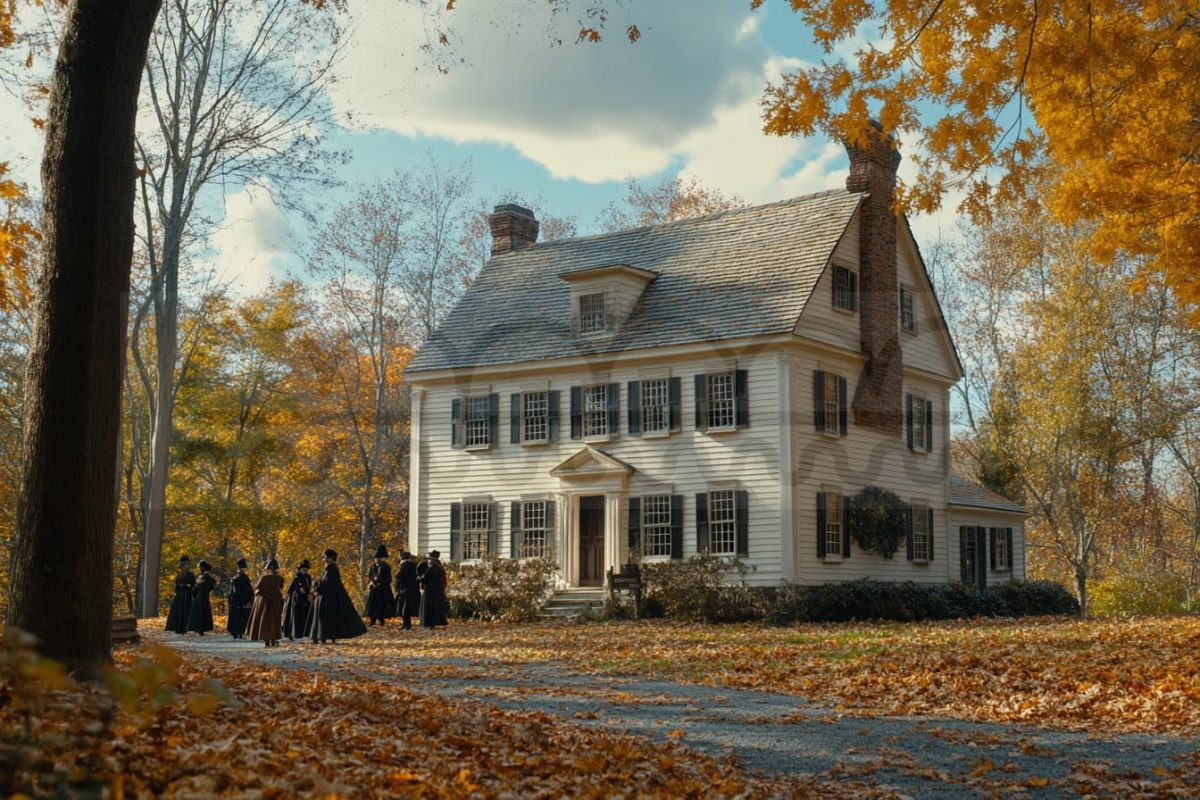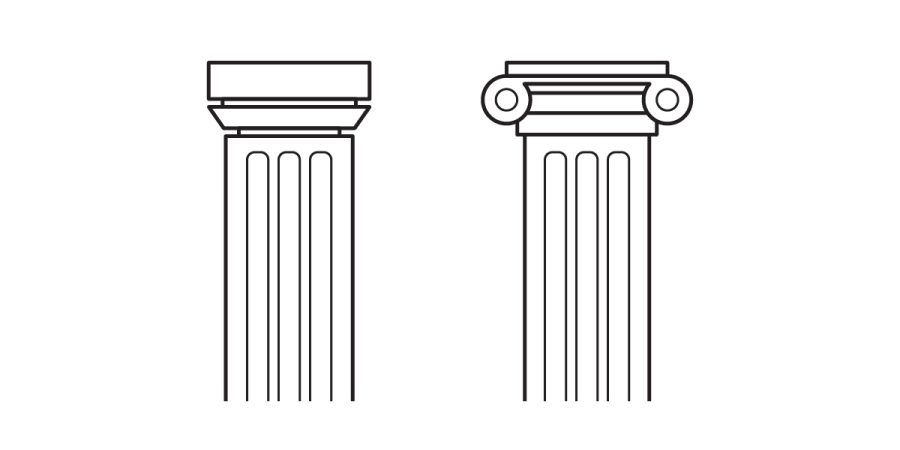ARE Note: Amount of tested information on Architectural History has significantly changed from ARE 4 to ARE 5. You should thoroughly review the ARE Guidelines, such as this one provided by NCARB, to fully understand the scope of required knowledge. Regardless, historical research can only help your career.
Historic Preservation
Not all buildings are destined to be destroyed. Many buildings that provide historical or cultural significance may ultimately end up eligible for historic protection or some sort of preservation. There are many different approaches to historic preservation, between keeping a structure used by everyday society, such as a train station, to preserving old structures of historical significance such as a founding father’s homestead. How and when an intervention occurs, is determined by the scope, cost, societal value; along with ultimately the will power of the society/local governments/non-profits/etc to achieve a result.
A general strategy to most renovations regarding historic structures is only to restore those pieces that are in danger in some way. Whether it’s a building that may fall on others, or a space which is on its last leg of being waterproof. You want to generally do as little work as possible to places; in order to save on cost and keep things as historically accurate as possible.

Definitions
Restoration:
- “Restoring” the space to its most important time period
- This strategy focuses on the most important time period in the life of the structure. This means that any additions or renovations that occurred after the time period in focus could be removed. The materials and character true to the original time frame should be repaired as best as possible.
Rehabilitation:
- “Rehabbing” the space to be useful again.
- Used when the property is converted to a different program/use than its historical function. This allows a functional change to the building by making the space useful to modern day needs. However, it keeps the embodied carbon and energy spent in the historic structure, and allows modern interventions to repair the building. Important that the historic character of the building is maintained.
Reconstruction:
- “Reconstructing” a structure or space that was lost in some way.
- Reconstruction is re-building something brand new. Typically this can also involve updating systems to be code compliant and introducing modern comforts such as HVAC. The historical character of the building should be maintained and sometimes can be difficult to find tradespeople able to complete the highly skilled portions of the work.
Preservation:
- “Preserving” the structure as-is, including any changes made over time.
- This is the most historically accurate approach as it maintains the character and developments of the building over time. In contrast to Restoration, this approach keeps all additions and chronicles the building through the history of its development.
National Park Service (NPS)
Various organizations will have their own guidelines for historic approaches. The NPS has its own guides called the Secretary of the Interior’s Standards for Rehabilitation. This document goes into its own approach and best practices for rehabilitation. Learn more here.
Roman & Greek History
Much of the architectural world can trace some of its roots at some point to Roman and Greek Architecture. Potentially a faux pas to group them together, as their cultures and identities are different, albeit geographically close, here are presented several miscellaneous notes and definitions that come in handy from time to time.
Columns
Height of a classical column is a function of the diameter. Columns would have an entasis to them to overcome optical illusions (see definition below).
- Doric were 4.5 : 1 to 5.5 : 1
- Ionic were 9:1 or 10: 1
Definitions
Stoa: A portico used in Greek Architecture, often as a covered meeting place or promenade
Entasis: The slight convexity of a column, used to overcome the optical illusion of concavity that would occur if the column is straight.
Megalith: A stone of great size, especially in ancient construction
Entablature: The upper part of a Greek or Roman order, comprising architrave, frieze, and cornice
Agora: An open-air market or meeting place in a Greek town
Acropolis: A citadel in an ancient Greek city, usually on a plateau




Leave a Reply
You must be logged in to post a comment.